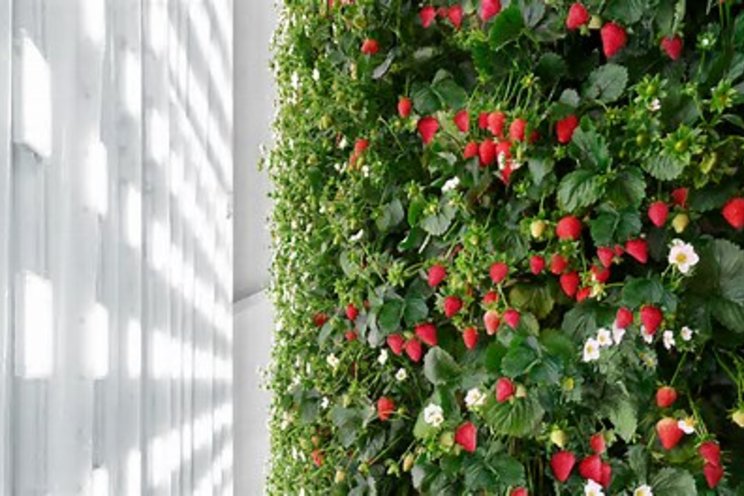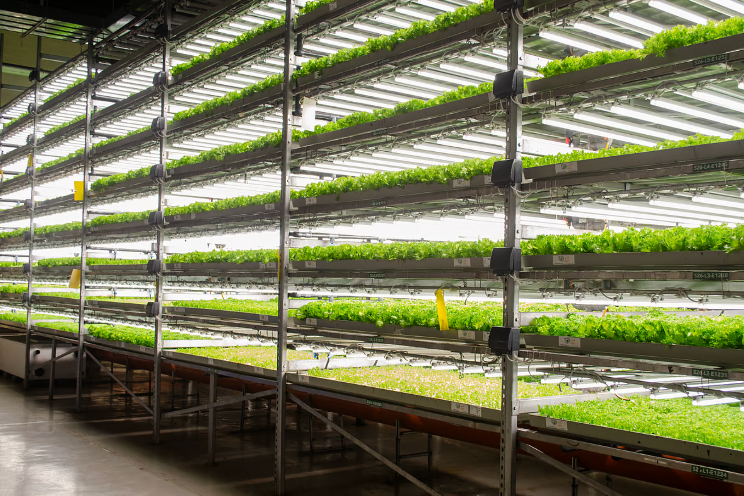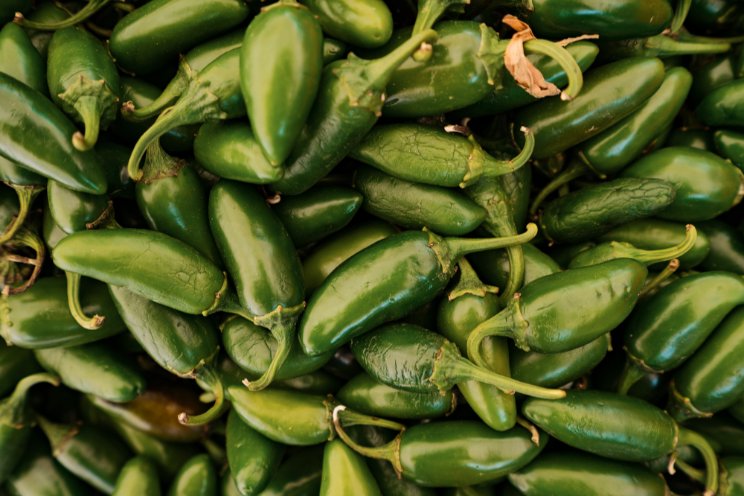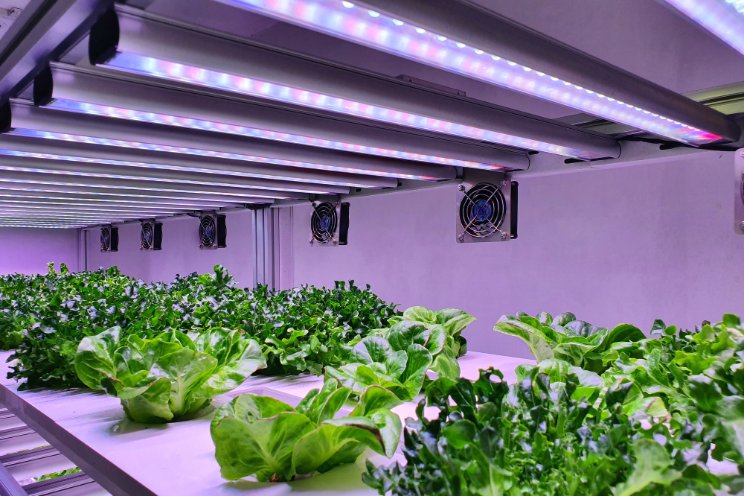Vertical farms to feed the cities of the future
Added on 13 December 2022

Ultragreens’ vertical greenhouse is one of a growing number being set up in Western and increasingly in Central and Southeast Europe as well to meet the continent’s year-round demand for fresh fruit and vegetables. Projects like this can be considered the pioneers of a new model of agriculture to feed the world’s growing urban populations as climate change takes its toll on traditional agriculture.

Ultragreens's vertical farm in Romania will supply customers of Kaufland hypermarkets with fresh herbs and leafy greens. / Ultragreens
Vertical farms use hydroponic technology – where plants are grown without soil – and plants are on shelves stacked on top of each other and lit by LED lighting. They have a much smaller carbon footprint than traditional farms, and building them close to the people who buy and eat their products is an eco-friendly alternative to the expensive and polluting practice of flying in seasonal produce from hotter climes.
Ultragreens says its vertical farming technology uses 95% less water and 90% less transport compared to soil-based agriculture, and zero chemical pesticides. Before setting up the vertical farm for Kaufland Ploiesti, it installed modular hydroponic farming units for Kaufland and fellow retailers Carrefour and Cora with in-aisle micro-vertical farms in 25 locations across Romania.
Header photo: Ultragreens' vertical farm at Ploiesti, Romania. Source: Ultragreens.
More news















